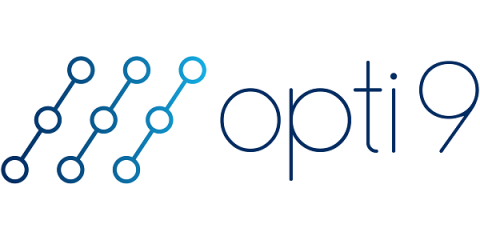What To Do if a Scammer Has Your Phone Number
If a scammer has your phone number, you should lock your SIM card, secure your online accounts with strong passwords and block spam calls from your phone. With your phone number, scammers can do several things, including target you with phishing attacks, spam calls, spoofing attacks and SIM swapping. These kinds of cyber attacks can lead to your personal information being compromised and even your identity being stolen.











